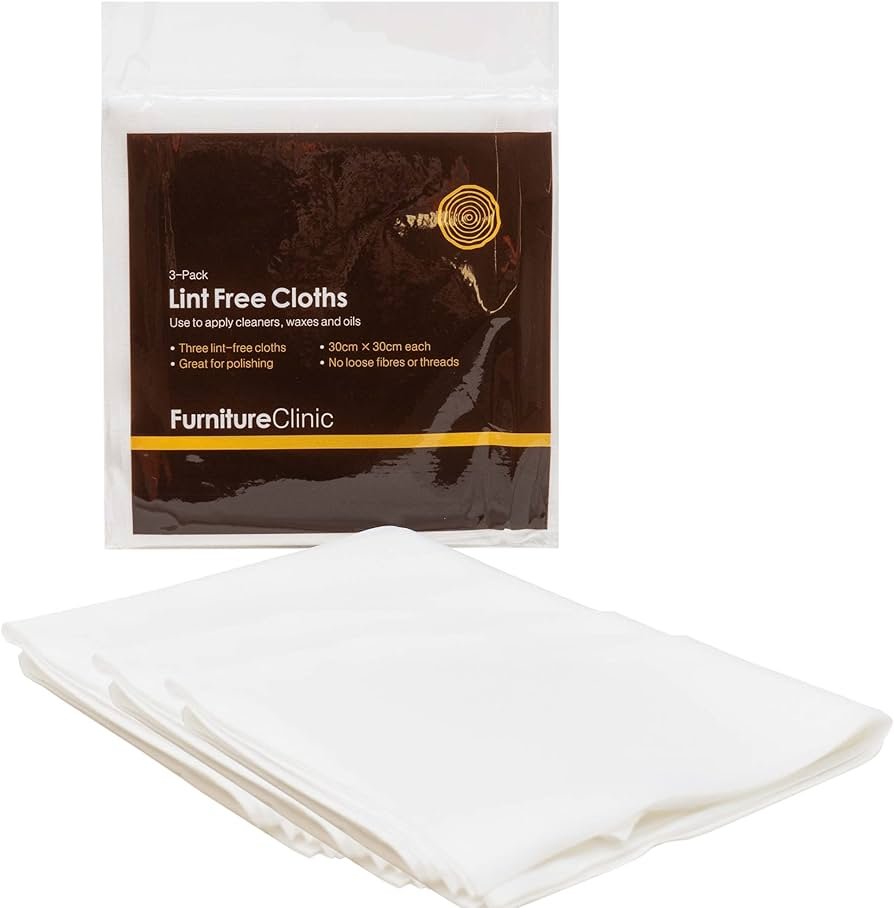Discover Locally Made Eco-Friendly Furniture – A Guide
Looking for eco-friendly furniture that is locally made? You’re not alone. In a world where sustainability is becoming increasingly important, many of us are seeking out furniture options that align with our values. But how can you find these eco-conscious pieces without sacrificing style or breaking the bank? The answer lies in understanding what to look for and where to find it. In this article, we’ll explore practical tips and resources to help you uncover the perfect eco-friendly furniture made right in your local community. So, without further ado, let’s dive in!
How to Find Eco-Friendly Furniture That Is Locally Made?
In today’s world, sustainability and environmental consciousness have become increasingly important. People are now more mindful about the impact their choices have on the planet. One area where this mindset has gained significant traction is in the furniture industry. Many individuals are now seeking eco-friendly furniture options that not only look great but also minimize their carbon footprint. One effective way to achieve this is by supporting local artisans and manufacturers who prioritize sustainability in their practices. In this article, we will explore various methods and considerations to help you find eco-friendly furniture that is locally made.
1. Research Local Furniture Makers
To find eco-friendly furniture that is locally made, start by researching furniture makers in your area. Look for businesses that emphasize sustainable and ethical practices. Here are a few ways to conduct your research:
1.1 Online Search
Utilize search engines or online directories to find local furniture makers in your region. Look for keywords such as “sustainable furniture,” “eco-friendly furniture,” or “locally made furniture.”
1.2 Social Media
Browse social media platforms like Instagram, Facebook, or Pinterest to discover local artisans and furniture makers. Many designers use these platforms to showcase their work, allowing you to get a glimpse of their sustainable practices.
1.3 Local Trade Shows and Exhibitions
Keep an eye out for local trade shows or exhibitions that feature furniture makers. These events often attract artisans who are passionate about sustainability and offer a chance to connect with them directly.
2. Assess Their Sustainability Practices
Once you have identified potential local furniture makers, it’s essential to assess their sustainability practices. Here are some factors to consider:
2.1 Materials
Inquire about the materials they use in their furniture production. Look for sustainable options such as reclaimed wood, bamboo, or FSC-certified wood. Avoid furniture made from endangered or non-renewable resources.
2.2 Manufacturing Process
Ask about their manufacturing process and inquire whether they incorporate eco-friendly techniques like water-based finishes, low VOC (Volatile Organic Compounds) adhesives, or natural dyes. These practices minimize harm to the environment and improve indoor air quality.
2.3 Waste Management
Find out how they manage waste and whether they have recycling or upcycling programs in place. Responsible furniture makers will have strategies to minimize waste generation and reduce their environmental impact.
3. Visit Local Showrooms or Workshops
To get a firsthand look at the eco-friendly furniture options available in your area, consider visiting local showrooms or workshops. This allows you to see the craftsmanship, quality, and sustainability measures in person.
3.1 Showroom Visits
Check if the furniture makers have dedicated showrooms where you can explore their products and learn more about their sustainable practices. Engage with the staff and inquire about specific features that make the furniture eco-friendly.
3.2 Workshop Tours
Some furniture makers offer workshop tours or open-house events. Take advantage of these opportunities to witness the creation process and gain a deeper understanding of the sustainability efforts undertaken by the artisans.
4. Collaborate with Local Designers
Consider collaborating with local designers to create custom eco-friendly furniture pieces. By working closely with a designer, you can ensure that your furniture meets your specific sustainability requirements. Here’s how you can find and collaborate with local designers:
4.1 Design Firms
Research design firms that specialize in sustainable furniture design. Look for firms that prioritize eco-friendly materials, practices, and craftsmanship. Reach out to them and discuss your vision for an eco-friendly piece.
4.2 Independent Designers
Explore independent designers who work with sustainable materials and offer customizable furniture options. Seek recommendations from local communities, browse design publications, or attend design-focused events to connect with these talented individuals.
5. Seek Green Certifications
When searching for eco-friendly furniture, keep an eye out for green certifications. These certifications ensure that the furniture meets specific sustainability criteria. Here are some widely recognized certifications to look for:
5.1 Forest Stewardship Council (FSC)
FSC certification guarantees that the wood used in the furniture comes from responsibly managed forests. Look for furniture bearing the FSC logo or inquire if the manufacturer sources FSC-certified materials.
5.2 Cradle to Cradle (C2C) Certification
C2C certification evaluates the entire lifecycle of a product, considering factors like materials, manufacturing processes, and recyclability. Furniture with C2C certification demonstrates a commitment to sustainability and can be a reliable choice.
5.3 Global Organic Textile Standard (GOTS)
For upholstered furniture, look for GOTS certification, which ensures that the materials used meet strict organic and environmental standards. This certification covers fibers like cotton, wool, and leather.
6. Consider Upcycled and Vintage Options
Another sustainable approach to finding eco-friendly furniture is to explore upcycled and vintage pieces. Upcycling involves transforming old or discarded furniture into something new and functional. Vintage furniture, on the other hand, refers to furniture that is at least 20 years old. Here’s why these options are worth considering:
6.1 Environmental Benefits
Purchasing upcycled or vintage furniture prevents these items from ending up in landfills. By giving them a new life, you contribute to reducing waste and the demand for new furniture production.
6.2 Unique and Timeless Designs
Upcycled and vintage furniture often boast unique designs and craftsmanship that may not be found in contemporary furniture. Introducing these pieces into your home adds character and a touch of history.
6.3 Supporting Local Businesses
Many local artisans specialize in upcycling or restoring vintage furniture. By purchasing from them, you support their sustainable practices and contribute to the local economy.
7. Read Reviews and Testimonials
Before making a final decision, read reviews and testimonials from previous customers. This can provide insights into the quality, durability, and sustainability of the furniture. Look for positive feedback regarding the eco-friendly aspects of the furniture, customer satisfaction, and the overall buying experience.
8. Price Considerations
While eco-friendly furniture tends to have a higher price tag compared to mass-produced alternatives, it’s essential to consider the long-term benefits. Sustainable furniture is often built to last, saving you money in the long run. Additionally, supporting local artisans contributes to the local economy and promotes fair labor practices.
9. Building a Sustainable Home
Finding eco-friendly furniture that is locally made is just one aspect of creating a sustainable home. Consider implementing other environmentally conscious practices, such as:
9.1 Energy Efficiency
Invest in energy-efficient appliances, LED lighting, and insulate your home properly to reduce energy consumption and lower your carbon footprint.
9.2 Water Conservation
Install low-flow faucets, toilets, and showerheads to conserve water. Consider collecting rainwater for non-potable uses like watering plants.
9.3 Recycling and Waste Management
Establish a recycling system within your home to sort and properly dispose of waste. Look for ways to minimize waste generation, such as composting organic materials.
Choosing eco-friendly furniture that is locally made is an excellent way to support sustainable practices and reduce your environmental impact. By researching local furniture makers, assessing their sustainability efforts, collaborating with designers, and considering green certifications, you can find high-quality, eco-friendly furniture that suits your style and values. Embrace the opportunity to contribute to a more environmentally conscious future while creating a beautiful and sustainable home.
Watch + Learn: Eco Friendly Furniture 101
Frequently Asked Questions
How can I find eco-friendly furniture that is locally made?
1. Can you provide a list of local furniture stores that focus on eco-friendly options?
There are several ways to find furniture stores that specialize in eco-friendly and locally made furniture. You can start by searching online directories or using search engines with specific keywords such as “eco-friendly furniture” or “locally made furniture” along with the name of your city or region. Additionally, you can check out local sustainability or green living websites for recommendations or join online eco-friendly communities where members often share their experiences and suggestions.
2. What are some key features to look for in eco-friendly furniture?
When shopping for eco-friendly furniture, it’s essential to look for certain certifications or labels that indicate sustainable practices. These can include certifications like Forest Stewardship Council (FSC), Rainforest Alliance, or GREENGUARD for low emissions. Additionally, consider furniture made from reclaimed or repurposed materials, non-toxic finishes, and minimal packaging to reduce environmental impact. It’s also worth considering the longevity and durability of the furniture to ensure it has a longer lifespan.
3. How can I verify if furniture is locally made?
A good way to verify if furniture is locally made is by researching the manufacturer or the brand’s origin. Check the company’s website or contact their customer service for information on where their furniture is produced. Some brands proudly mention their commitment to local production, supporting local artisans and communities. Additionally, you can visit local furniture stores and ask about the origin of their products or inquire about any locally made options they offer.
4. Are there any specific materials that are eco-friendly and commonly used in locally made furniture?
Yes, there are several materials that are commonly used in eco-friendly and locally made furniture. These include reclaimed wood, bamboo, cork, hemp, and organic fabrics such as organic cotton or hemp textiles. These materials are sustainable because they either come from renewable sources, have a lower environmental impact during production, or are recycled and repurposed.
5. What are some benefits of purchasing locally made eco-friendly furniture?
Purchasing locally made eco-friendly furniture has numerous benefits. Firstly, it supports local artisans and craftsmen, contributing to the local economy and job creation. It also reduces the carbon footprint associated with long-distance transportation since locally made furniture requires less shipping and packaging. Additionally, local production often means higher quality control and the ability to see and touch the furniture before making a purchase, ensuring customer satisfaction and reducing the chances of online returns.
Final Thoughts
In conclusion, finding eco-friendly furniture that is locally made is an important step towards creating a sustainable and environmentally conscious home. By following the tips mentioned in this article, such as researching local manufacturers, checking for eco-certifications, and considering materials and production processes, consumers can make informed choices that support local businesses and minimize their carbon footprint. By prioritizing locally made, eco-friendly furniture, individuals can contribute towards a more sustainable future while enjoying stylish and high-quality pieces for their homes.


